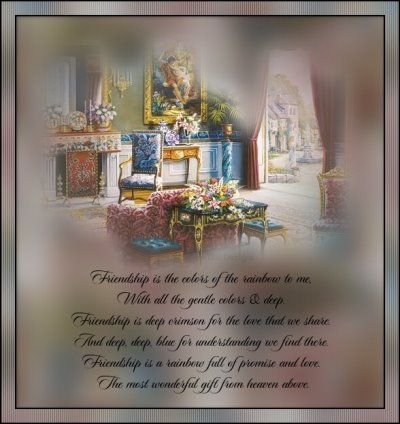
Advent History and Tradition
The Beginning of the Christian Year
Prior to the Nativity Celebration of Christmas Day, Advent refers to the holy season of the Christian church which celebrates the birth of Jesus Christ. It begins on the Fourth Sunday before Christmas and ends on the 25th of December. As the commencement of the Christian year, the Advent Season holds a special place in the Christian tradition.
The History of Advent
The word "advent" comes from the Latin term for "coming," and refers to the first and second Comings of Jesus Christ, in the senses of Savior and Judge, respectively. The first authoritative mention of Advent appears in the Synod of Lerida (AD 524), and the season has been recognized since as the beginning of the western ecclesiastical (church) year. The celebration originally began as a period of fasting, similar to Lent. Although the practice of abstention was later relaxed, Advent retains the spirit of atonement and penitence.
Advent Wreaths and Calendars
In western cultures, the four Sundays of Advent are often celebrated with Advent wreaths decorated with four candles. Made from evergreens, the circular wreaths symbolize eternal life and the endless nature of God's love. Three of the candles are purple or blue while the fourth is typically rose-colored or pink.
One candle is lit each Sunday of the season. The rose-colored candle is lit on the third Sunday, which is considered to be a more festive day than the others. On Christmas Day, a fifth candle (known as the "Christ Candle" and often white in color) is lit in the center of the wreath, or may replace it altogether.
Advent calendars are also popular during the season. About 25 small compartments are created, often through the use of multiple sheets of cardboard or through sewn pockets. These are filled with seasonal messages, religious pictures, small chocolates, stories, or toys, depending upon the particular calendar.
Advent Traditions and Customs around the World
There are many ways Advent is celebrated. In English history, poor women would carry "Advent images" -- two dolls dressed as Christ and the Virgin Mary. Upon showing these images to passersby, the women would be gifted with small amounts of money or trinkets. Failing to donate was considered bad luck.
In Normandy, children under 12 were sent through farmers' fields with torches, setting fire to straw to drive off vermin. Italy supported the tradition of bagpipe players entering into Rome during the last days of the season. They played music before shrines of the Blessed Virgin, just as shepherds played pipes at the manger to honor the Messiah's coming.
The Season of Advent remains one of the most important times of the Christian year. It celebrates the blessing of the birth of Christ, and reminds the faithful of his eventual return.


















No comments:
Post a Comment